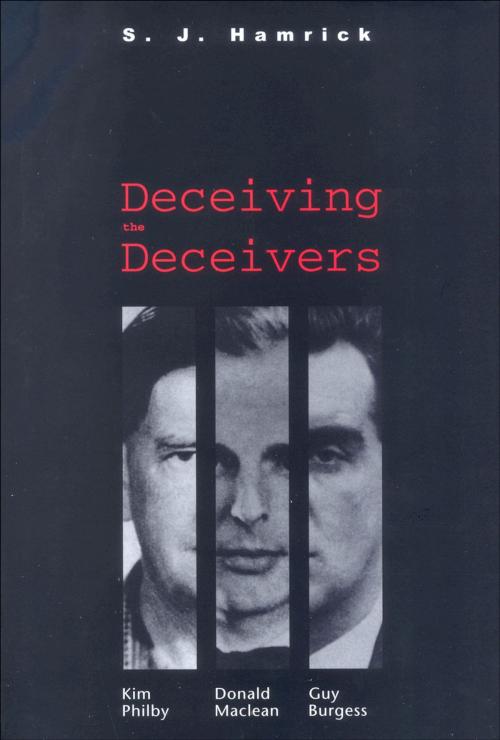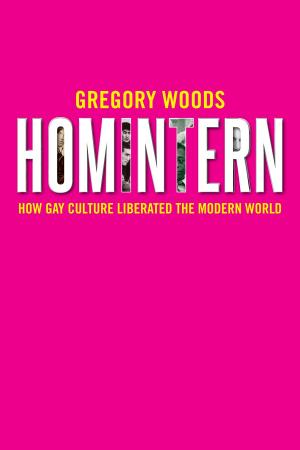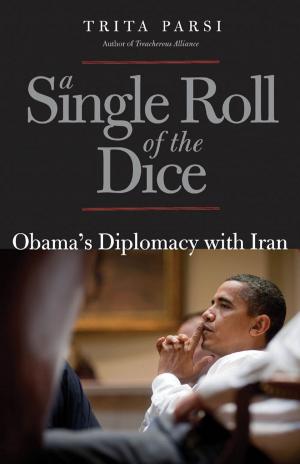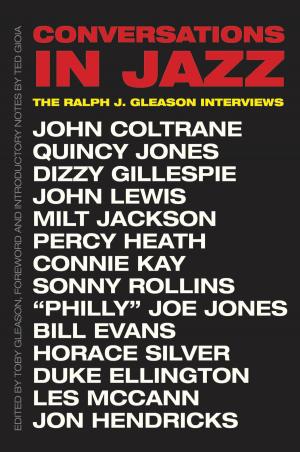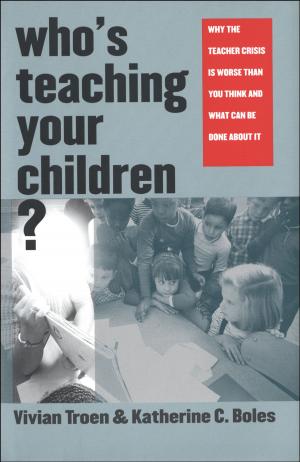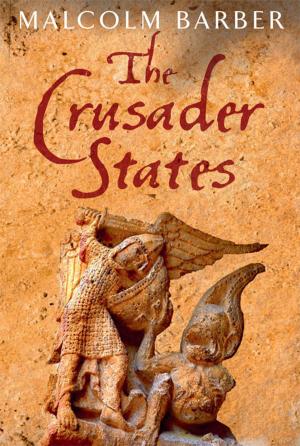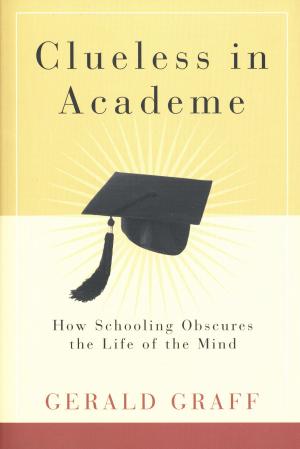| Author: | S. J. Hamrick | ISBN: | 9780300130614 |
| Publisher: | Yale University Press | Publication: | October 1, 2008 |
| Imprint: | Yale University Press | Language: | English |
| Author: | S. J. Hamrick |
| ISBN: | 9780300130614 |
| Publisher: | Yale University Press |
| Publication: | October 1, 2008 |
| Imprint: | Yale University Press |
| Language: | English |
Among the more sensational espionage cases of the Cold War were those of Moscow’s three British spies—Kim Philby, Donald Maclean, and Guy Burgess. In this riveting book, S. J. Hamrick draws on documentary evidence concealed for almost half a century in reconstructing the complex series of 1947–1951 events that led British intelligence to identify all three as Soviet agents.
Basing his argument primarily on the Venona archive of broken Soviet codes released in 1995–1996 as well as on complementary Moscow and London sources, Hamrick refutes the myth of MI5’s identification of Maclean as a Soviet agent in the spring of 1951. British intelligence knew far earlier that Maclean was Moscow’s agent and concealed that knowledge in a 1949–1951 counterespionage operation that deceived Philby and Burgess. Hamrick also introduces compelling evidence of a 1949–1950 British disinformation initiative using Philby to mislead Moscow on Anglo-American retaliatory military capability in the event of Soviet aggression in Western Europe.
Engagingly written and impressively documented, Deceiving the Deceivers breaks new ground in reinterpreting the final espionage years of three infamous spies and in clarifying fifty years of conjecture, confusion, and error in Anglo-American intelligence history.
Among the more sensational espionage cases of the Cold War were those of Moscow’s three British spies—Kim Philby, Donald Maclean, and Guy Burgess. In this riveting book, S. J. Hamrick draws on documentary evidence concealed for almost half a century in reconstructing the complex series of 1947–1951 events that led British intelligence to identify all three as Soviet agents.
Basing his argument primarily on the Venona archive of broken Soviet codes released in 1995–1996 as well as on complementary Moscow and London sources, Hamrick refutes the myth of MI5’s identification of Maclean as a Soviet agent in the spring of 1951. British intelligence knew far earlier that Maclean was Moscow’s agent and concealed that knowledge in a 1949–1951 counterespionage operation that deceived Philby and Burgess. Hamrick also introduces compelling evidence of a 1949–1950 British disinformation initiative using Philby to mislead Moscow on Anglo-American retaliatory military capability in the event of Soviet aggression in Western Europe.
Engagingly written and impressively documented, Deceiving the Deceivers breaks new ground in reinterpreting the final espionage years of three infamous spies and in clarifying fifty years of conjecture, confusion, and error in Anglo-American intelligence history.
